
Don and Alex Tapscott, authors of Blockchain Revolution: How the Technology Behind Bitcoin is Changing Money, Business, and the World, define this technology as “an incorruptible digital ledger of economic transactions that can be programmed to record not just financial transactions but virtually everything of value.” Implementation of blockchain technology at any societal or organizational level will inherently make transacting (and accounting) of daily business more transparent, democratic, decentralized, efficient, and more secure. In simplified terms, blockchain technology consists of decentralized digital information that is distributed across a network of “interconnected nodes” and continually updated. It has been postulated that the blockchain technology is one of the most innovative and disruptive developments in history, effectively creating “…a public ledger of value transfer…” readily applicable to “…information, copyright, deeds, wills, almost anything you think of….” Īs academic physicians, it is only natural for us to ask, “How could this technology be of benefit to the academic medical community?” In this Editorial, we will present a brief overview of the blockchain technology, its current and future applications in medicine and academia, as well as the potential to revolutionize how medical care, insurance and payment systems, academic recognition, and scientific merit can all be objectivized globally through implementing existing blockchain-based solutions. A blockchain is such a functionality, where information – once entered – can never be erased, where each transaction in this “public ledger” is verified by consensus of a system-wide majority of participants. Inherent to the widespread adoption of ever more efficient electronic devices was the systemic capacity to create a distributed database of records, a “public ledger” or sorts, where all transactions or “digital events” that have occurred are shared among participating parties. , Beyond obvious economic effects of this tremendous paradigm shift, the incorporation of technological advances into various aspects of our daily lives led to the transformation of our social fabric and the way we see (and interact with) the world. Although steady and relentless progress in this area can be traced back to the 1950's, accelerated growth began in the late 1990s and early 2000s with the so-called “internet revolution.”, , As a result, previously unforeseen increases in productivity, automation, and standards of living became possible.

The world as we know it would not be possible without the increasingly pervasive incorporation of technological advances into essentially every single facet of our daily routines. A new system for disintermediating intermediaries, a rebalancing of world affairs… A system that allows innovation without permission, coercion, or political manipulation…”Īndreas Antonopoulos on blockchain technology Ĭomputers and other electronic devices permeate our lives.

And yes, it does represent something truly revolutionary– a fundamental change in our understanding of trust, a change in the way we organize authority and trust from hierarchical systems to network-centric flat systems…. It is a space that has existed for only 7 years.

What's new in academic medicine? Blockchain technology in health-care: Bigger, better, fairer, faster, and leaner.
CRYPTOHEAVEN CORP PRESS HOW TO
How to cite this URL: Stawicki SP, Firstenberg MS, Papadimos TJ. How to cite this article: Stawicki SP, Firstenberg MS, Papadimos TJ.


 0 kommentar(er)
0 kommentar(er)
